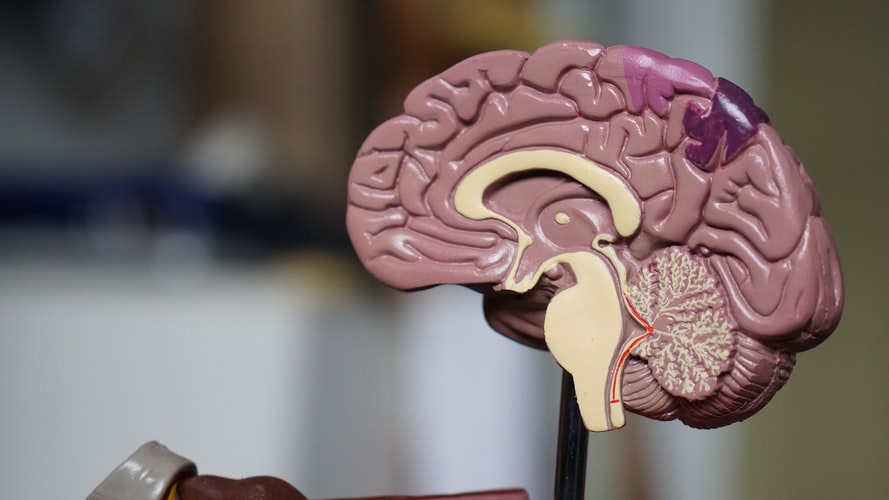How to deal with Traumatic Brain Injury
Head injury, known by the medical term Traumatic Brain Injury or TBI, is one of the leading causes of death and disability worldwide.
 Causes
Causes
While the causes of TBI can be unique on a case-to-case basis, they can all be classified under motor vehicle accidents as a driver or passenger; motor vehicle accidents as a pedestrian; falls from low or high heights; wilful assault leading to head injury; sporting or recreational injuries; domestic violence and child abuse.
When trauma occurs as described above, one of the two possibilities arises: A bruise develops directly at the site of the injury, which is called a coup lesion. Another chance is that the head is jolted back violently, causing the brain to knock on the back of the skull, causing a bruise there, which is called a countercoup lesion. In both cases, the outer lining of the brain, as well as some tissues inside, may get damaged, or some blood vessels may rupture, causing bleeding. In some cases, the brain may swell up, creating intense pressure on the brain from intra-cranial fluid, a condition called raised intracranial pressure.
Also Read: Importance of Brain Health for Overall Wellness
Types of TBI
- Skull fracture: a fracture or break in one or more areas of the skull
- Epidural hematoma: blood from a ruptured blood vessel fills up in the space between the head and dura, causing pressure on the brain
- Acute subdural hematoma: Here, the blood collects in the space between the dura and the surface of the brain
- Chronic subdural hematoma: Here, the subdural hematoma happens gradually and in multiple episodes
- Intraparenchymal hemorrhages: Bleeding inside the brain
- Contusion: bruises caused by the brain knocking inside the skull
Also Read: Concussions can be serious, seek immediate help
Symptoms
Depending on whether the injury is mild or severe, the victim may show one or more of the below symptoms. In such a case, seek emergency help immediately.
Related to the head and face
- Deep cut or laceration in the scalp
- Open wound in the head
- Foreign object penetrating the head
- A raised, swollen area from a bump or bruise
- Small, superficial (shallow) cut in the scalp
- Severe headache that does not go away
- Blood or clear fluid draining from the ears or nose
Related to the sense organs
- One pupil of the eye is dilated or looks bigger in diameter than the other eye
- Either pupil of the eye doesn’t constrict when exposed to light
- Sensitivity to noise and light
- Blurred vision
- Ringing in the ears (tinnitus)
- Slurred speech
- Altered sense of smell
Related to mental health
- Irritability
- Confusion
- Light-headedness and/or dizziness
- Problems with memory and/or concentration
- Loss of short-term memory
Related to the rest of the body
- Problems with balance
- Change in sleep patterns
- Fatigue or lethargy
- Loss of consciousness
- Repeated nausea and vomiting
- Difficulty with walking
- Weakness in one side or area of the body
- Seizures or convulsions
- Coma
- Vegetative state (complete loss of mental abilities)
- Locked-in syndrome (the person is conscious but cannot speak or move)
Diagnosis
The doctor may conduct one or more of the below tests to evaluate the extent of injury to the brain:
- Blood tests
- X-rays
- Computed tomography or CT scan
- Magnetic resonance imaging or MRI scan
- Electroencephalogram or EEG
Treatment & Rehabilitation
Treatment options depend on various parameters such as age, state of health, immune status, medical history of the patient, extent and type of head injury, expected course of the impact of the injury, complications and the patient’s response to specific medications, procedures or therapies.
Depending on whether it is a mild or severe head injury, the doctor may resort to one or more of these:
- If there is just a bump or no wound on the head, the doctor may apply an ice-pack and advise complete rest.
- If there is a wound on the head, he/she will apply a topical antibiotic ointment and adhesive bandage, along with stitches to close the wound.
- Depending on how the patient is feeling, the doctor may prescribe pain relief or sedation
- Patients may need assisted breathing using a breathing machine, mechanical ventilator or respirator.
- All the above would be followed by hospitalization for a few days to observe the patient and provide immediate medical attention if required.
- If the response to these measures are unsatisfactory and the injury is severe, he/she may require emergency surgery.
At Kauvery Hospital
The Neurosurgery Department of Kauvery Hospital routinely deals with head injuries and neurological disorders. Patients from across Tamil Nadu, other states and even abroad visit us to seek treatment for head injuries. Our panel of neurosurgeons, general physicians, pathology labs, and healthcare staff handle all neurological health issues successfully, cost-effectively, and efficiently.
- Jun 25, 2020
